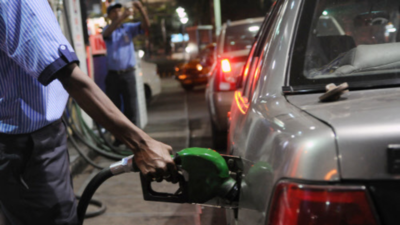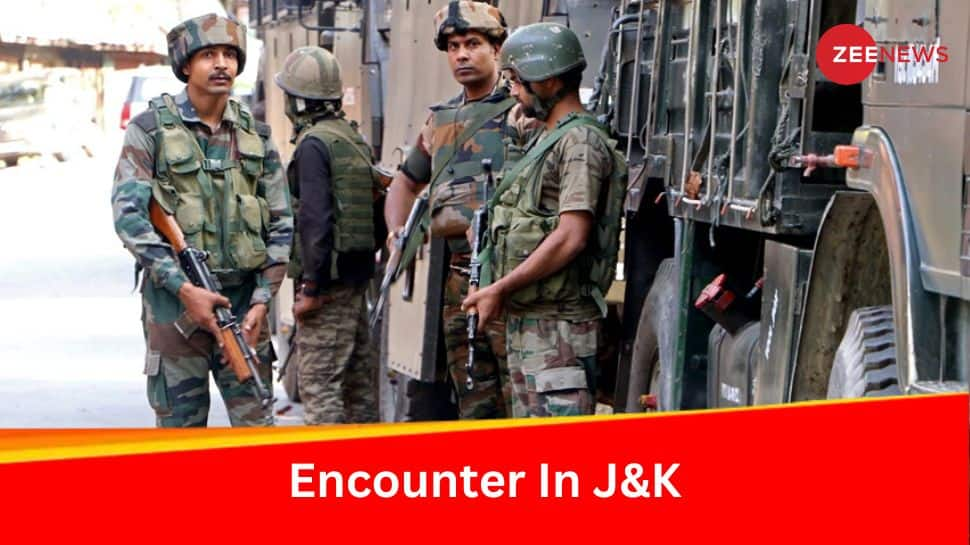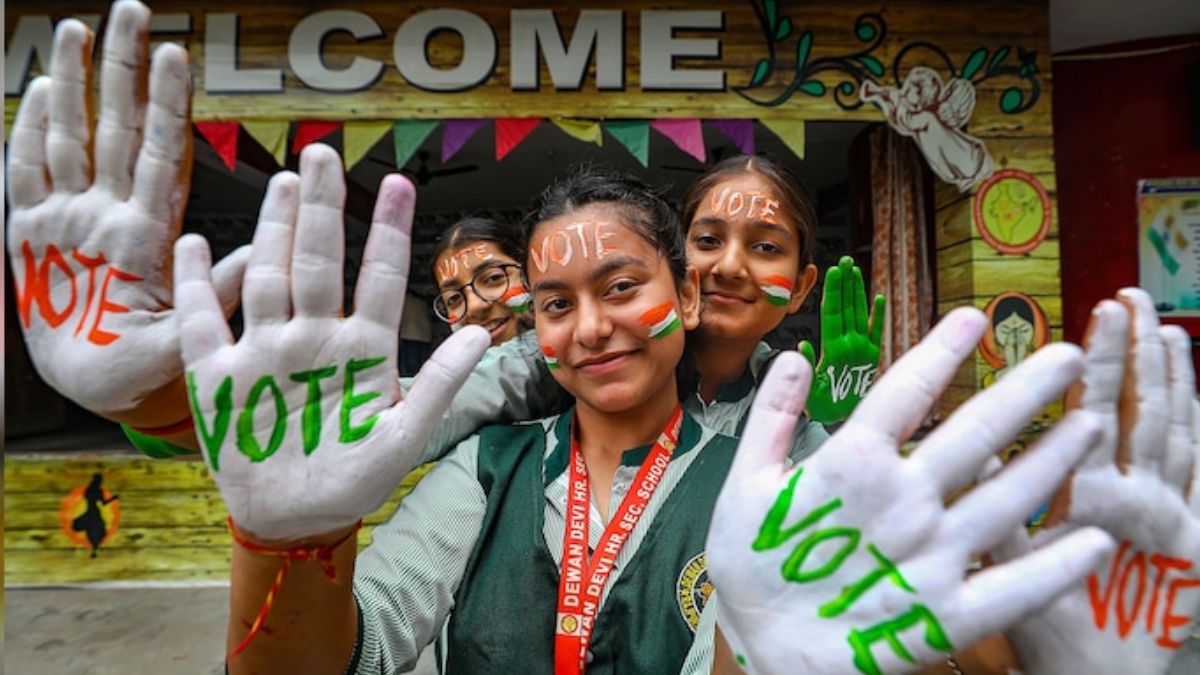
Fuel rates in India have remain unchanged for over 2 months
NEW DELHI: Crude prices spiked by $1 to top $87 per barrel, its highest since October 2014, on Tuesday as tensions in West Asia hightened fears of supplies getting tighter but fuel rates in India remained unchanged for the 74th day due to government’s unwillingness to lift the informal freeze on daily price revision ahead of polls in five states, including the politically crucial UP.
Oil has already been on the boil since December as some OPEC+ members failed to meet higher output quotas for adding 400,000 barrels per day into the market every month as promised by the grouping. The recent unrest in Kazakhstan and rising tensions with Russia over Ukraine are adding further to supply concerns amid rising demand.
Global benchmark Brent, which has about 25% weightage in India’s crude purchase, stood at $86.40 on October 26, 2021. Last year, the price rose to $82.74 on November 5 before starting to decline and $68.87 a barrel in December before starting to climb again as the market shook off Omicron fears.
Normally, such a sharp rise in crude would have reflected a proportionate rise in pump prices as they did before and after last year’s state elections, including in West Bengal. Petrol had topped Rs 100 per litre and diesel rose to Rs 98 as retailers kept on revising prices in step with crude, except between March 17 and June 6.
This time too, fuel prices have remained unchanged since November 4, when the Centre slashed excise duty by Rs 5 on petrol and Rs 10 on diesel with a view to addressing popular anger against skyrocketing pump rates ahead of the state polls.
Before last year’s high-stake West Bengal poll, fuel prices were not raised between March 17 and June 6 even though crude kept rising. Prices were also frozen before state polls in Karnataka in 2018 and in Gujarat a year before that.
On paper, fuel retailers are free to set prices daily in accordance with average benchmark rates of petrol and diesel as well as the rupee-dollar exchange rate. Crude prices are a major factor in these calculations. But in practice, the Centre informally controls the prices by verbally directing the state-run fuel retailers, which dominate 90% of the market, to freeze rates when it becomes politically expedient for the ruling dispensation. Private retailers have no option but to follow suit.
FacebookTwitterLinkedinEMail
!function(f,b,e,v,n,t,s) {if(f.fbq)return;n=f.fbq=function(){n.callMethod? n.callMethod.apply(n,arguments):n.queue.push(arguments)}; if(!f._fbq)f._fbq=n;n.push=n;n.loaded=!0;n.version=’2.0′; n.queue=[];t=b.createElement(e);t.async=!0; t.src=v;s=b.getElementsByTagName(e)[0]; s.parentNode.insertBefore(t,s)}(window, document,’script’, ‘https://connect.facebook.net/en_US/fbevents.js’); fbq(‘init’, ‘593671331875494’); fbq(‘track’, ‘PageView’);







More News
Friends, family, royalty seek mercy for crypto’s richest man Changpeng Zhao – Times of India
Swiggy IPO: Food delivery platform bags shareholder approval for $1.2 billion offering; know all the details here | India Business News – Times of India
Tech Mahindra misses Q4 revenue view on weak communications segment – Times of India